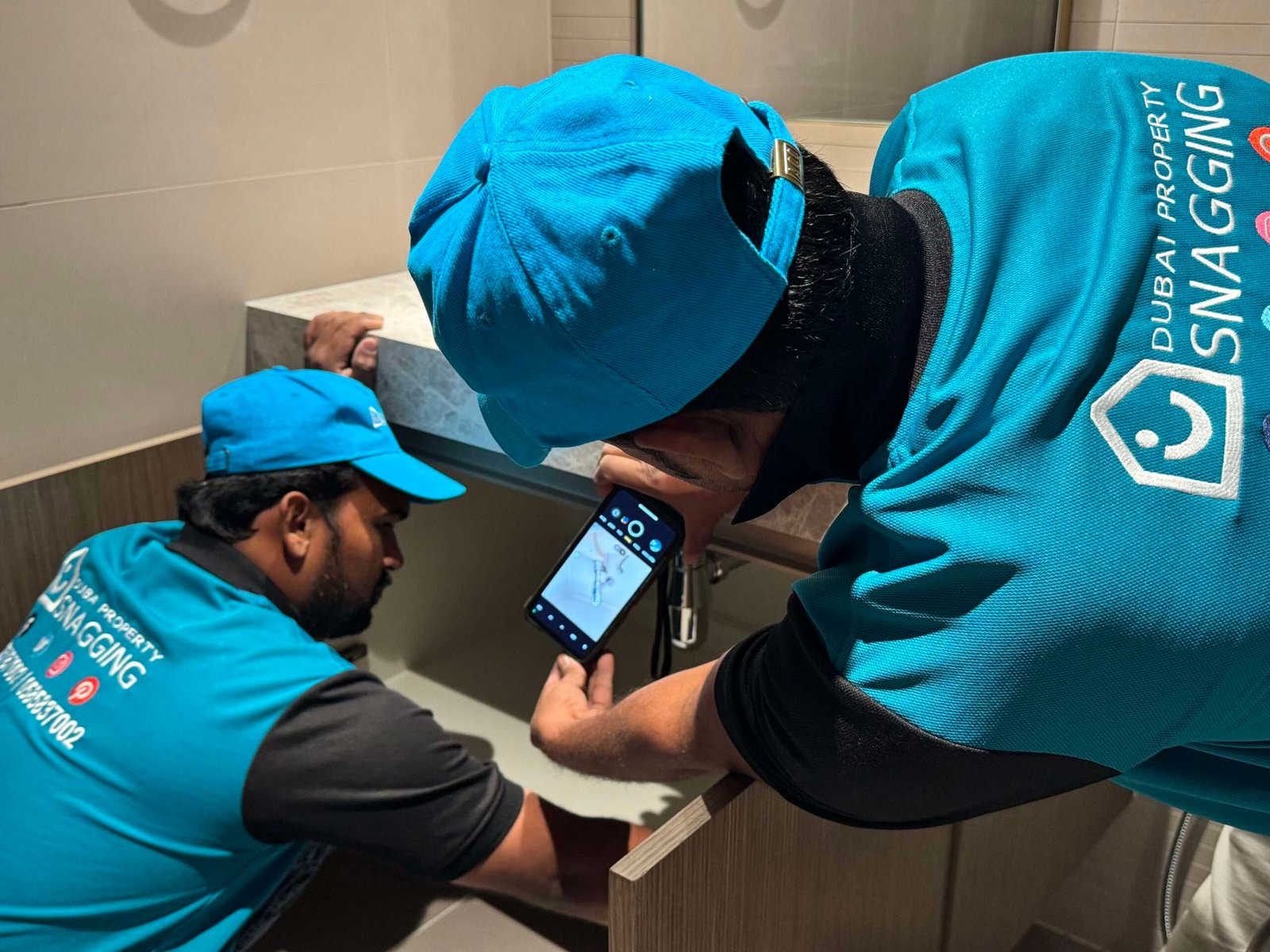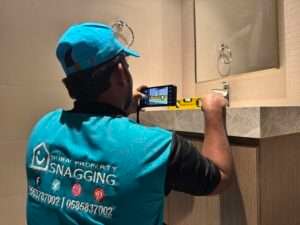Snag Work: The Most Expensive Defects to Fix
Introduction
Buying a property is a major investment, and ensuring that it is free from defects is crucial to protecting that investment. Snag Work refers to identifying and fixing construction defects, ranging from minor cosmetic issues to major structural problems. While some defects are inexpensive to fix, others can cost homeowners thousands of dollars if not addressed early.
A thorough property snagging process, including inspection services, handover services, and secondary market inspections, helps uncover these costly defects before they turn into major financial burdens. Whether you are a homeowner, apartment owner, or real estate investor, understanding the most expensive property defects to fix can save you time, money, and stress.
In this guide, we will explore the most costly property defects, their impact, and how a detailed snagging report and handover inspection can help identify them early.
The Importance of Snag Work in Property Inspection
What is Snag Work?
Snag Work refers to the process of inspecting a property for construction defects and ensuring that all necessary repairs are completed before the handover inspection. It is a critical part of property snagging, ensuring that buyers receive a home free from defects.
A professional property inspection conducted by expert snagging engineers can help identify hidden property defects, ensuring quality assurance and preventing future repair costs.
Why Are Some Defects So Expensive to Fix?
Not all property defects are equal. While minor issues like paint imperfections or misaligned doors are relatively easy to fix, other defects can be extremely costly due to:
- Structural complexity – Repairs may require significant construction work.
- Material costs – High-quality replacements may be necessary.
- Specialized labour – Some defects require skilled professionals to fix.
- Long-term impact – If left untreated, the issue can worsen over time, increasing repair costs.
This is why a detailed snagging report is essential in identifying expensive defects before a property handover.
The Most Expensive Property Defects to Fix
1. Structural Issues
Foundation Cracks and Settlement
Foundation defects can be one of the most expensive issues in a property. Cracks, uneven settlement, and poor construction can lead to severe structural damage. Fixing foundation issues can cost thousands of dollars and require major renovation work.
Weak Load-Bearing Walls
Load-bearing walls provide structural support to the property. If improperly constructed, they can compromise the building’s safety and require expensive reinforcements.
Roof Damage and Leaks
A damaged roof can lead to water infiltration, mould growth, and structural instability. Roof repairs or replacements are costly and require professional contractors.
2. Plumbing System Defects
Hidden Water Leaks
Leaks behind walls or under floors can go unnoticed for months, causing serious damage to structures and leading to high repair costs. Warranty inspections are crucial to identifying these leaks early.
Faulty Drainage Systems
Poorly designed drainage systems can cause flooding, property damage, and expensive repairs. Secondary market inspections can help detect drainage problems in older properties.
Low Water Pressure Issues
Blocked or undersized pipes can reduce water flow, requiring costly replacements. A handover inspection should check water pressure to prevent long-term problems.
3. Electrical System Failures
Faulty Wiring and Circuit Breakers
Poor electrical work is a safety hazard and can lead to fires. Upgrading an entire electrical system is expensive and requires certified electricians.
Power Overload Issues
Improperly installed electrical systems may not handle the required load, leading to frequent outages and expensive rewiring work.
Outdated or Unsafe Electrical Panels
Many older properties in Dubai Properties may have outdated electrical panels that do not meet modern safety standards, requiring costly upgrades.
4. HVAC System Defects
Faulty Air Conditioning Units
In hot climates like Dubai, air conditioning is essential. A poorly installed or defective HVAC system can be expensive to repair or replace.
Poor Ventilation
Improper ventilation leads to moisture buildup, mould growth, and poor air quality, requiring comprehensive services to fix.
Ductwork Leaks
Leaking air ducts cause inefficiencies, increasing electricity bills and requiring expensive duct repairs.
5. Water Infiltration and Mold
Roof and Window Leaks
Water entering through roofs, walls, or improperly sealed windows can cause mould growth, structural weakening, and expensive repair costs.
Rising Damp Issues
Moisture rising from the ground can damage walls, floors, and interiors, requiring major waterproofing work.
Mold Removal
Mould remediation is costly, especially if it has spread within walls and ceilings. Detailed reports from professional inspectors help detect early signs of mould.
The Role of Snagging Engineers in Identifying Expensive Defects
How Snagging Engineers Help Detect Costly Defects
Expert snagging engineers use advanced tools to identify hidden issues that an untrained eye may miss. These tools include:
- Thermal imaging cameras – Detect moisture and insulation problems.
- Moisture meters – Identify hidden water leaks.
- Laser levels – Check uneven surfaces and structural misalignments.
A detailed report from professional inspection services ensures that all potential problems are identified before purchase.
How to Avoid Expensive Repairs with Snag Work
1. Conduct a Thorough Property Snagging Inspection
A professional property inspection ensures that defects are identified before the defect liability period expires, saving you from expensive repairs.
2. Review the Snagging Report Carefully
A snagging report highlights all defects, from minor issues to major structural problems. Buyers should review this report in detail and negotiate repairs with the developer before completing the purchase.
3. Schedule Warranty Inspections
Warranty inspections should be conducted within the defect liability period to ensure the developer fixes all issues at no cost to the buyer.
4. Invest in Comprehensive Secondary Market Inspections
For resale homes, secondary market inspections help uncover hidden defects that could lead to high repair costs.
Conclusion
Snag Work is essential in identifying and fixing defects before they become major financial burdens. Some defects, such as foundation cracks, electrical failures, and water infiltration, can be extremely costly to repair if not detected early. A professional property snagging service, supported by expert snagging engineers and a detailed report, ensures that buyers can confidently invest in their new home without worrying about hidden property defects. Protect your investment today—schedule a professional snagging inspection and avoid costly repairs!







